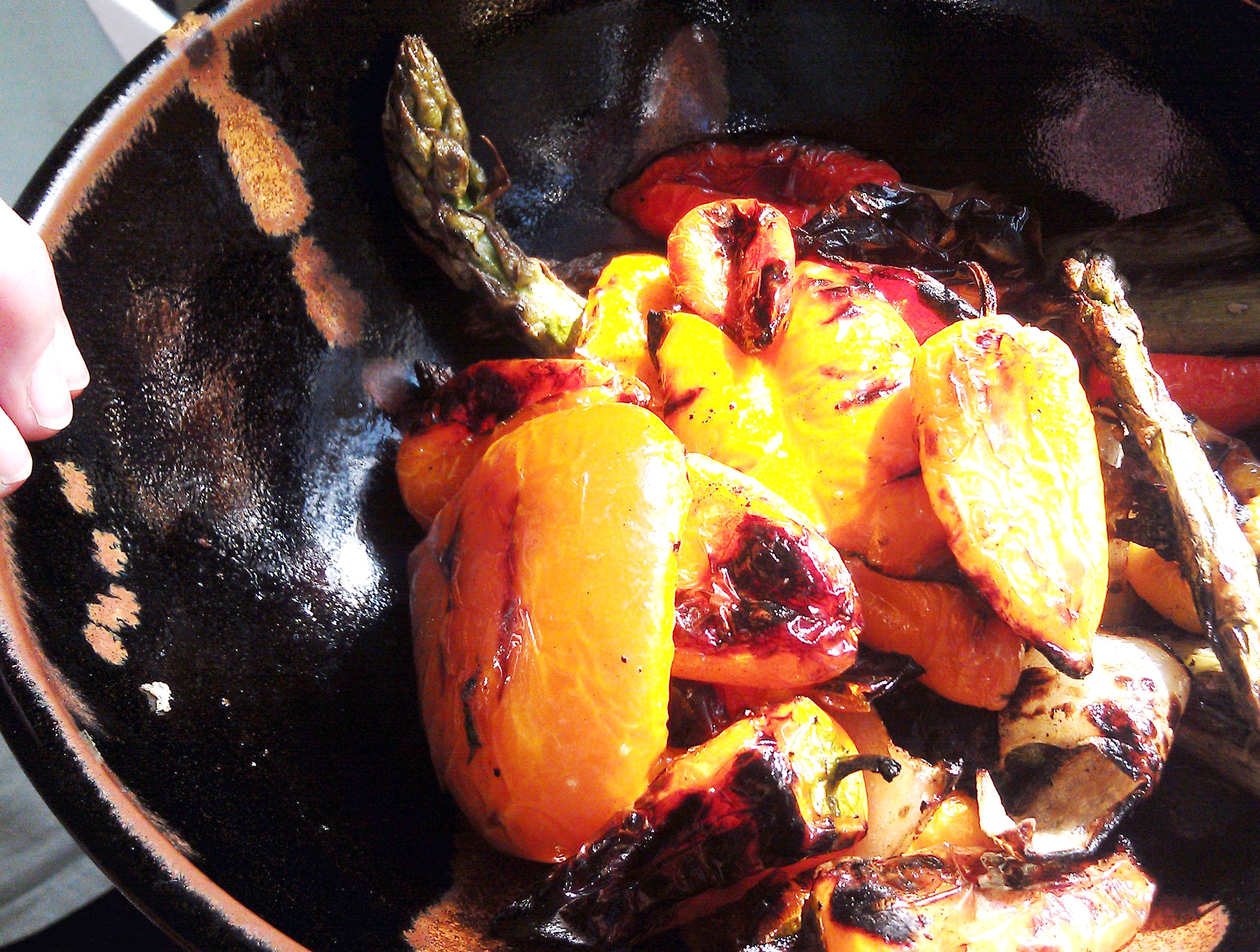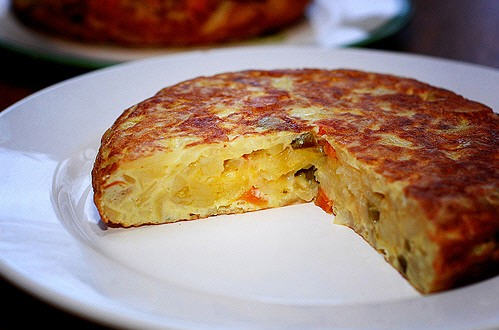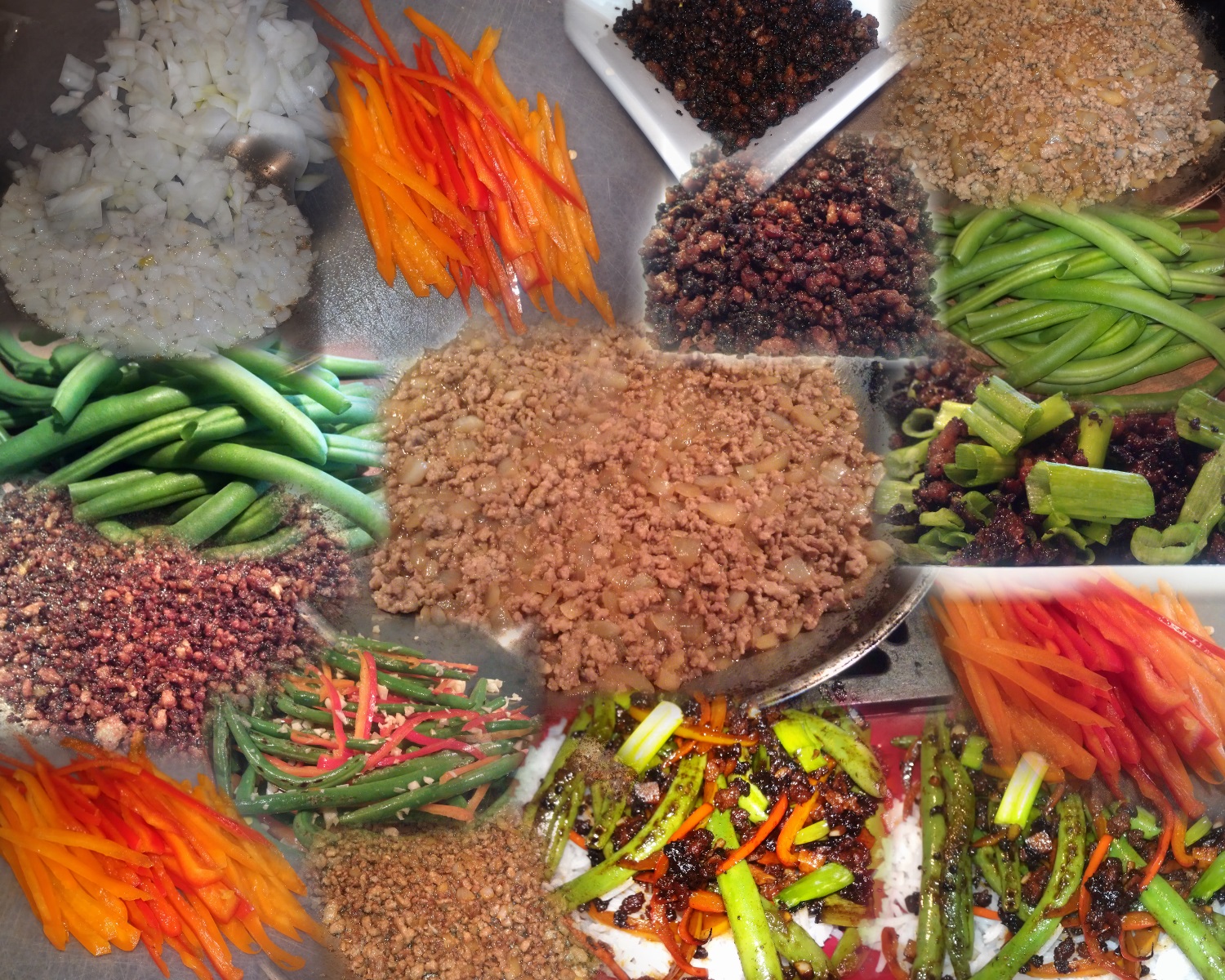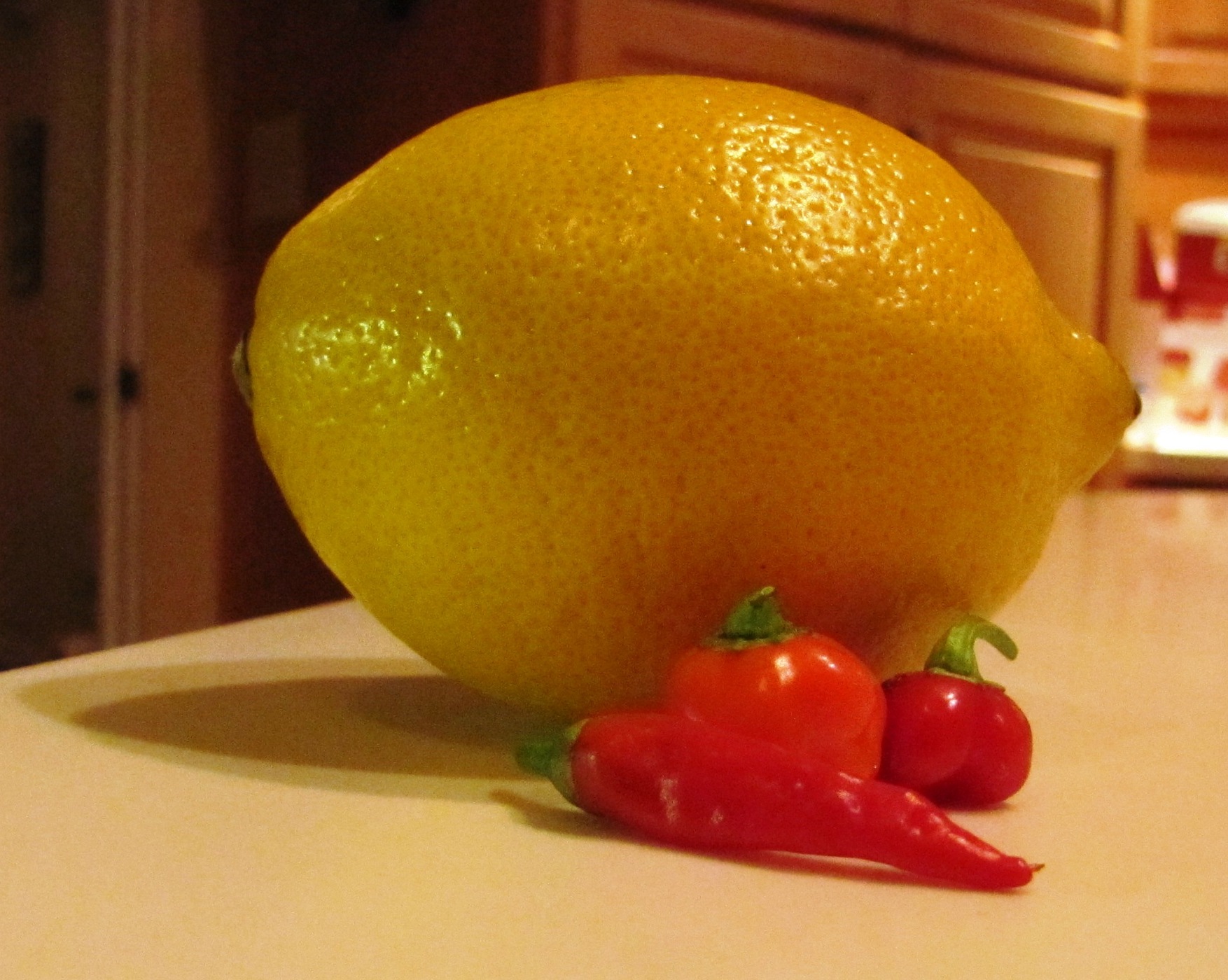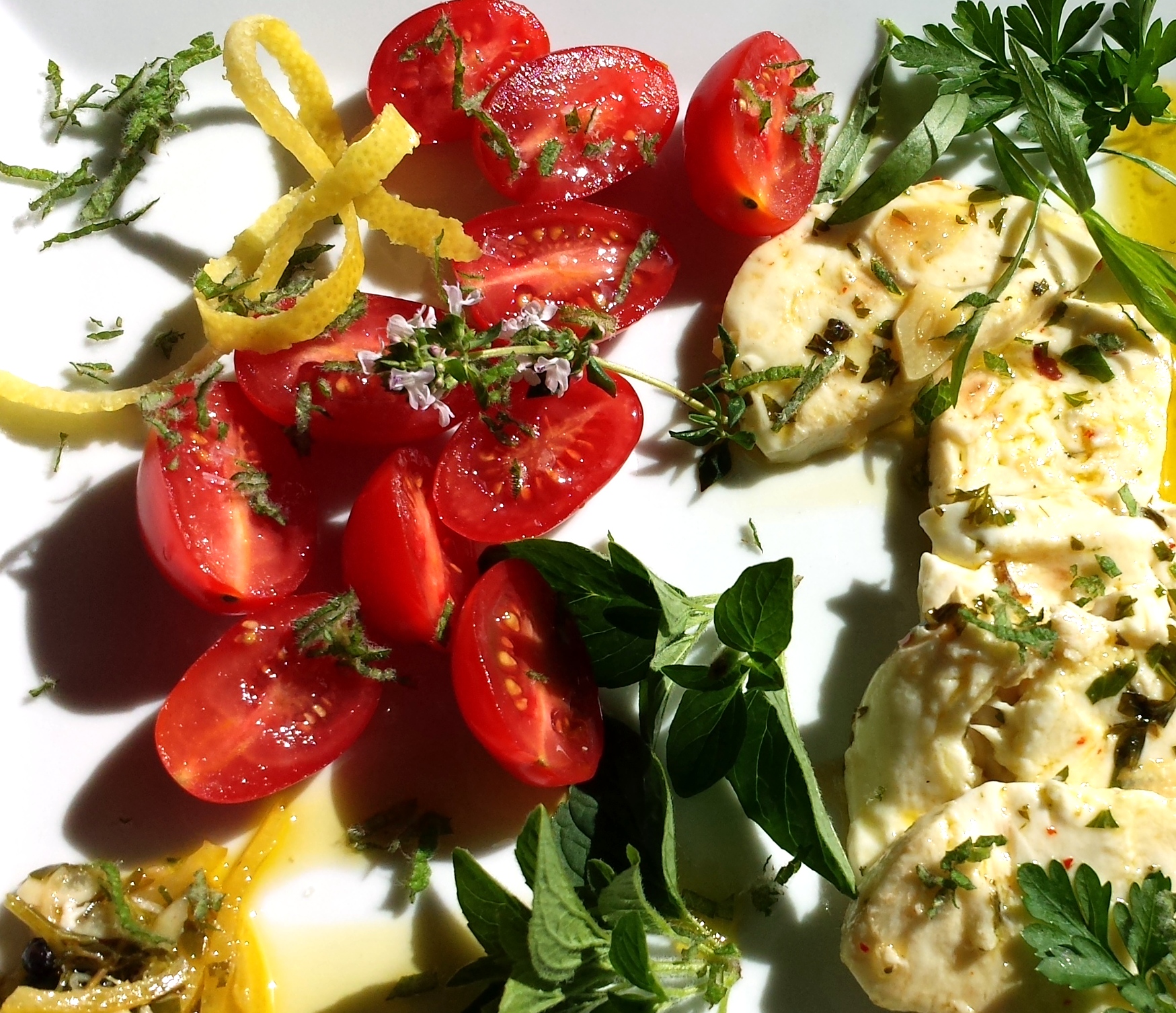At the end of August, 2001, a disaster occurred. In the grand scheme of things, it was nothing compared to the national disaster that followed the next month, but it shook my world just as profoundly.
In 1998 I had moved from NYC to New Orleans, and I had brought my freelance job with HarperAudio with me. It was a pretty good gig. I abridged books for audio release on cassette. Back in the day of cassette tapes, most titles had to be abridged to fit the tape length.
In addition, I had almost immediately found a working relationship with a local glass artist doing architectural glass etching. These two revenue streams were my sole source of income.
At the end of August, 2001, they both collapsed. My relationship with the glass artist foundered on poorly communicated expectations, and my editor at HarperAudio suddenly quit his job in a fit of pique, claiming he wasn’t appreciated by his co-workers. His replacement was less than thrilled about working with her predecessor’s stable of freelancers and let me know it.
When the phone lines were finally clear after 9/11, I discovered my editor’s phone number was now connected to a fax line. My calls to the general number went unanswered.
I was in shock.
For two weeks I floundered, unable to grasp the enormity of suddenly having no income – and no unemployment benefits.
When the towers fell, the landscape of the world changed. In New Orleans, tourism, a prime driver of the economy, vanished with the grounding of the airlines and took years to recover. I hadn’t held a conventional job in years, my resume was a patchwork of completely unrelated positions, and the New Orleans job market had evaporated.
My salvation arrived in the guise of an invitation to Thanksgiving dinner. My parents live 1,000 miles away, my brother lives in Alaska, and we had stopped having regular celebrations years before, so I often found myself “homeless” for Thanksgiving. I embraced this invitation with pleasure, finally feeling that I had something to focus my energies on.
The Joy of Baking – and the Beginning of a Business
I have always loved baking. As a child, I helped my mother make bread, and took over that job as a teenager. I delighted in trying new recipes and bringing my artistic inclinations to the process. I especially loved making challah, with its intricate braids.
I mostly gave up bread baking in college, but continued to make cookies and quick breads for any party to which I was invited. My Christmas parties were the stuff of legend, with an almost overwhelming number and variety of cookies.
For this Thanksgiving gathering, I decided to bring an apple pie. And therein lay my salvation.
I have made many pies over the years, but I always like to try something new, to refine the process. This time, I used two kinds of apples—galas and fujis—and layered them in the pie shell. I seasoned them with traditional ingredients like cinnamon and sugar, and I piled them as high as I could possibly get them.
As I like to do, I poured heavy cream into the center of the pie, through a hole cut in the top crust. I decorated the top of the pie with cutouts and pastry leaves. It was an epic pie, weighing over five pounds.
At the afternoon feast, I had told the assembled company my employment woes – they were entirely sympathetic. There was a bit of brainstorming, but nothing really solid had come out of it.
I Sell My Pies
Then dessert was served. My pie was exclaimed over, admired, and devoured. And then my hostess turned to me and said “you should sell these.” The other guests chimed in, saying they would love to be able to order a pie from me for special occasions, and they were sure their friends would as well.
I was dumbfounded and amazed. Could I really make a living making pies for people? I decided to give it a try. The assembled company thought $25 per pie was a reasonable price, and I got their orders then and there for five pies. They promised to spread the word.
I went home and made up some flyers. With just this word-of-mouth start, I had as many orders as I could handle for the holiday season. It was a lot of hard work, but the satisfaction was worth it. Then Christmas was over, and demand for apple pies slowed considerably.
I began to think of other baked goods I could make.
The Teachings of Steve the Cake Man
During my time with the glass artist, Steve the Cake Man visited our little store-front shop several times a week. Steve was a cheerful, energetic man who came through the neighborhood carrying a large round metal tray bearing individually wrapped slices of cake.
They were generously portioned and absolutely decadent—especially his red velvet and carrot cakes. At $2 or $3 per slice, they were also affordable and a welcome treat. Steve baked cakes every night and walked his beat during the day, covering a large area of New Orleans.
Why couldn’t I do something like that? Cakes weren’t my specialty, and I wouldn’t want to compete with Steve anyway. What could I make that could be served by the slice?
And I thought about banana bread. I had been perfecting my recipe for years (it’s deceptively simple), and everyone loved it—just sweet enough, with a little tang, rich and moist, with a creamy top crust. And then there was my almond poppy seed bread—rich and dense, almost like a pound cake, buttery and almond-y, with a crunchy sugar crust.
I decided to bake banana bread and poppy seed bread.
In my little kitchen at the back of my shotgun double apartment, I started baking. For my first foray, I made three loaves of banana bread and four of poppy seed. I sliced them about an inch thick, packaged them up in cling wrap, and designed labels with a list of ingredients.
I created a logo and a name, From Scratch, and printed them out on colored paper. I attached a label to each piece with double sided tape, found a wicker market basket in my closet and lined it with a tea towel and loaded it up. OK, I was ready to go.
That first day was a revelation. I started on Magazine Street, a seven mile long New Orleans’ street lined with areas of small shops and business districts alternating with residential. I went into galleries and gift shops, rug stores and antique shops, stores for clothing and furniture and jewelry. My pitch was simple – a gorgeous, perfectly fresh slice of banana bread or poppy seed cake for a buck.
Some of the clerks and owners were cool to me, but the overwhelming majority was delighted to meet me and eager to try my wares. I had decided on a price of $1.00 per slice, thinking it was an amount people would find easy to spend on a little snack. This proved to be exactly right.
At the end of the day, I was exhausted and my feet hurt, but my basket was empty and I had a wad of bills in my pocket. I went home and did some calculations. If I baked every other day and sold the following day, I could make it work.
I was elated—here was something I could do that I loved, and that provided me with instant gratification. The looks on my customers’ faces when they tried my bread gave me a needed boost to the ego.
As the weeks went on, I added shops in the French Quarter to my route, and then the vendors of the French Market. I discovered an added benefit to my new business: social contact. I became part of the life of the neighborhood – the shopkeepers and vendors looked forward to my visits.
I have always been an initially shy person—I find it difficult to start talking to people I don’t know in most general social settings. I’m pretty good at making conversation with people who approach me, but it’s a real struggle for me to initiate contact.
This new venture gave me an opportunity to talk with a wide variety of people with whom I would never have otherwise made contact. Even though I was terrified every time I went into a new place, I managed to overcome my fears and soon discovered that my customers opened up to me on a far more personal level than they would have if I had been a customer of theirs. I became part of the life of the neighborhood.
Eventually, I had to gave up the Magazine Street route—it was simply too long and time consuming—and concentrated on New Orleans’ French Quarter. I developed a routine that took me along an established route to repeat customers and soon learned peoples’ favorites.
A chance friendship with a man in my neighborhood who had bought an old chocolate factory to convert into a home provided me with several ten pound blocks of chocolate, and I began adding it to my banana bread, along with walnuts. It was a hit, and I started looking for other ways to use chocolate.
Soon I began making chocolate candies: chocolate-covered pecan clusters, peanut-butter cups, crunchy peanut butter balls, molded chocolates with mint or orange flavors, and seasonal chocolates such as molded heart shapes for Valentines Day or chocolate-covered strawberries during Pontchatoula strawberry season.
These were a huge hit, but became difficult to manage during the hot summer months, when it was a challenge to keep them from melting in the brutal heat. I kept most of my stock in a cooler in my car and made frequent trips back to it to refill my basket, but it was tricky none-the-less.
I experimented with adding fruit to the basic poppy seed bread recipe, with mixed results, and started selling mint chocolate chip cookies as well. I labeled the ones with walnuts with a little male symbol, and the ones without with a female one. It never failed to amuse people once they figured it out.
I continued my little business for a year and a half, walking the streets of New Orleans with my basket of treats, spending time chatting with my customers, sometimes battling heat waves and thunderstorms. It was often exhausting and always challenging
But it worked, and it kept the rent paid and the lights on.
The Joy of Baking – the Agony of Wrapping
Eventually, however, the hours took their toll. I loved the baking, I loved the selling. What I didn’t love was the hours it took to package everything up. I tried a number of strategies, including replacing the plastic wrap with individual bags, but it was still time-consuming and mind-numbingly tedious.
I couldn’t afford to hire an assistant without raising my prices and I didn’t want to do that. Many of my customers lived as close to the edge as I did, and they really appreciated being able to get something home-made for $1.00. An informal poll showed some resistance to paying any more, and I didn’t want to have to deal with making change.
So it was that in February of 2003, right in the middle of Mardi Gras, I hung up my apron and started driving a taxi for United Cab, a gig that lasted until 2007. I have since, on occasion, baked up a few batches of bread or some cookies, packaged them up, and gone back on the street, but that part of my life is over and I can’t manage to go back to it. To this day, however, I still get stopped on the street by old customers wanting to know when I’m coming back.
Oh – the banana bread recipe? Well, here it is and may you get much joy from it and the Bonus Poppy Seed Bread recipe that follows.
Nevenah’s Banana Bread
Makes 3 loaves
Ingredients
- 1 C sweet butter, softened
- 2 C sugar
- 4 eggs
- 5 over-ripe bananas, mashed thoroughly
- 4 C flour
- 2 tsp baking soda
- ½ tsp salt
- 6 T sour cream
- milk (as needed for consistency)
Preparation
Cream together the butter and sugar, beating until light and fluffy. Gradually add the eggs, mixing thoroughly, then gradually add the mashed banana. Don’t worry if your nice, smooth mixture becomes watery and separated at this point, just mix well.
Sift together all the dry ingredients, and gradually add them to the wet, stirring. Add the sour cream after all the flour has been incorporated, making sure to mix completely.
If your batter is very thick, add a little milk. It should be thick enough to retain some shape when spooned on top of itself, but not so thick that it won’t (mostly) settle when tapped. This is the stage that takes a bit of tinkering to get just right.
Tip: If you want to add ground walnuts or other ingredients, this is the time to do it; fold them in with a spoon or rubber spatula. I have found that mini chocolate chips work the best if you want to add chocolate, as they are light enough to not weigh the batter down and make it collapse.
Grease three standard loaf pans and portion the batter between them. You want to leave about 1 inch to the top of the pan—don’t worry if it’s a little lower or higher, just don’t fill all the way to the top.
Bake in a pre-heated 325° oven for 1 hour, or until a toothpick inserted in the center comes out mostly clean.
Tip: The top will usually crack down the middle, stick the toothpick in there. If it comes out with just a few crumbs sticking to it, that’s perfect. The loaves will set during cooling, and the bread will be moist. It can take a few tries to get this exactly right.
Set the pans on cooling racks. Let rest at least 15 minutes before slicing. You can leave the bread in the pan and remove slices as with a pie, or you can remove the bread from the pan and slice it on a cutting board.
Tip: I like to use a chef’s knife rather than a bread knife – banana bread is more like a cake. When eaten right away, the top crust will have a lovely crispness. After a while, it softens and becomes creamy.
Covered with either aluminum foil or plastic wrap,this bread keeps for several days at room temperature. Refrigerating makes the bread denser.
Tip: For loaves to give away, after completely cooling, wrap them in plastic wrap. Another option – you can bake loaves as gifts in disposable aluminum pans with snap-on plastic lids.
Bonus Recipe: Nevenah’s Poppy Seed Bread
Ingredients
- 3 C flour
- 2 ½ C sugar
- 1 ½ tsp baking powder
- 1 ½ tsp salt
- 3 T poppy seeds
- 1 ½ C milk
- 1 1/8 C vegetable oil
- 3 eggs, lightly beaten
- 1 ½ tsp each vanilla extract, almond extract, and butter flavoring
Combine the wet ingredients in a bowl. Combine the dry ingredients in a larger bowl and make a well in them. Pour the wet mixture into the flour mixture and beat until smooth, making sure to scrape the sides and bottom of the bowl.
Grease and flour 2 regular loaf pans, plus one or two mini loaf pans. The number of loaves varies depending on the size of your pans, so I always have several mini loaf pans on hand for any extra batter. Pour the batter in the pans, leaving at least 1” of room from the top. Do not overfill! Sprinkle the top of the batter with sugar, about 1T per loaf.
Bake in a preheated 350° oven for 1 ½ hours, plus or minus 10 minutes. Mini loaves should be checked after 1 hr. Bread is done when a knife or toothpick inserted in the center comes out clean. Cool on racks.
Tip: You can make this in a Bundt pan instead of bread pans, but make sure to grease and flour the pan thoroughly.
Tip: Light colored pans work better than dark ones, which tend to make the bottom crust dry and overdone. Disposable foil pans work best of all.
About the Author
Nevenah Smith is a New Orleans artisan, art-fair roadie, writer and baker. You can find her unique art at www.nevenah.weebly.com or www.nevenah.etsy.com.








